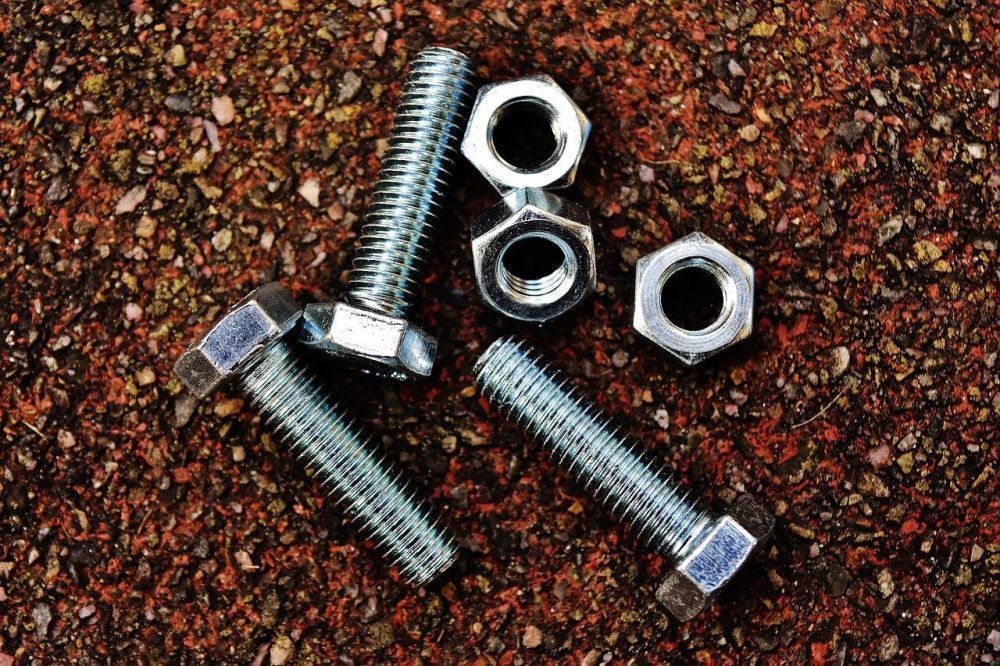
How to Secure the Bolts on Your Fence
If you’re designing a high security fence for an industrial or institutional site, there’s a good chance you’re trying to figure out everything from what height to choose to what kind of high security fence you need.
Don’t forget to pay attention to the little things – in this case, the nuts, and bolts of it. Bolts and nuts are one of the weaknesses on most fences. Here’s how you can make your fence bolts more secure.
Choose a Round Head Bolt
There’s a time and a place for hex head bolts. It’s not on a high security fence system. Hex head bolts are a lot easier to loosen, because there are tools that are made for them. A round head bolt, whether it’s a carriage bolt or cup square, or a button heat that is fastened with a hex wrench or Allen key, is much harder to loosen.
Consider Countersinking
If your fence system uses brackets or cover strips, consider having your holes countersunk, and then using a bolt that fits flush with the surface. Once it’s in place, it will be very hard to remove – especially if you also use one that only works with a hex wrench or Allen key.
Use the Right Bolts for W Pales
If you are installing a high security palisade fence, and you’re having W pales bolted to your top and bottom rails, make sure you get the bolt with the head that fits into the center depression on the W of the pale.
These bolts, once in place, are very hard to loosen, because you can’t get a wrench around them.
Choose Security Nuts
There are several kinds of security nuts out there.
Some can only be loosened or tightened with a special tool that’s not readily available to the public. Others, like shear off nuts or breakaway nuts as they are sometime known are designed so that the hexagonal section of the nut breaks off when torqued, so you’re only left with a smooth, hard to grip metal cone.
Request Tack Welding
If you’re still worried about the security of the nuts and bolts on your fence, you can also request that your contractor tack welds each one. This could be done on the head – so they can’t turn – or on the thread, so the nuts can’t unscrew.
Or you could request both and ensure that your nuts and bolts are all as secure as possible.
Damage Threads
Another option to make your fence’s nuts and bolts more secure is to damage the thread on each bolt.
This can be done manually or using a tool like a grinder. When the thread of a bolt is damaged, it’s difficult if not impossible to remove the nut, which makes even an ordinary bolt more secure.
Apply Epoxy to the Bolt
Finally, if you want to turn any fence fastener into a security bolt, specify that the contractor must apply a two-part epoxy adhesive to the thread either before or after installing the nut. Once this is dry and hardened, it makes the nut very difficult to remove with any hand tool.
Nothing Is Infallible
Of course, as with anything, it’s worth remembering that there is no such thing as a fence fastener that can’t be compromised. Whether it’s a crowbar, file, or angle grinder, if someone has enough time and the right tools, they will be able to remove your fasteners.
These tips are simply to ensure that you can build a fence where people will think twice before they try these things, and so that you will have the time you need to respond if they do.
So, remember, when you’re designing your fence, to specify more secure nuts and bolts. It will make the whole fence that much more secure and harder to get through.

